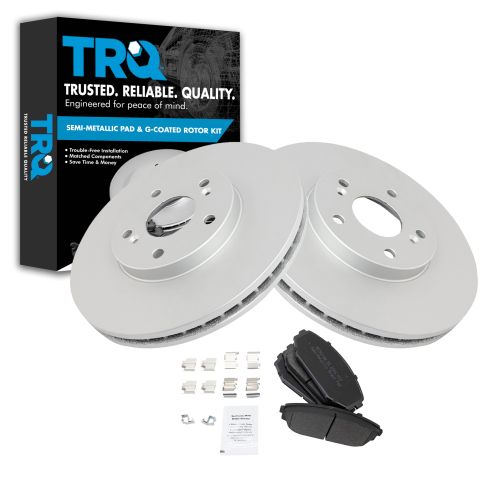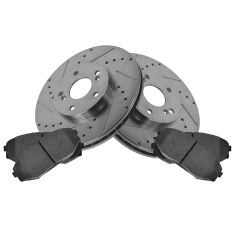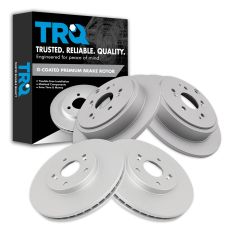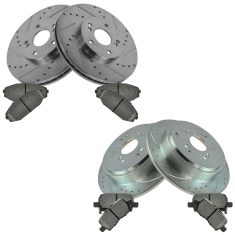1ABFS01722-Honda Odyssey Acura MDX Front Semi-Metallic Brake Pad & Rotor Kit TRQ BKA11303

Replaces
2001 Acura MDX Front Semi-Metallic Brake Pad & Rotor Kit TRQ BKA11303

Product Reviews
Loading reviews
4.00/ 5.0
1
1review
Excellent product for the price
July 12, 2019
Purchased these pads and rotors for a friend's car and they worked really well.
Customer Q&A
No questions have been asked about this item.
Acura is a registered trademark of Honda Motor Co., Ltd.. 1A Auto is not affiliated with or sponsored by Acura or Honda Motor Co., Ltd..
See all trademarks.












